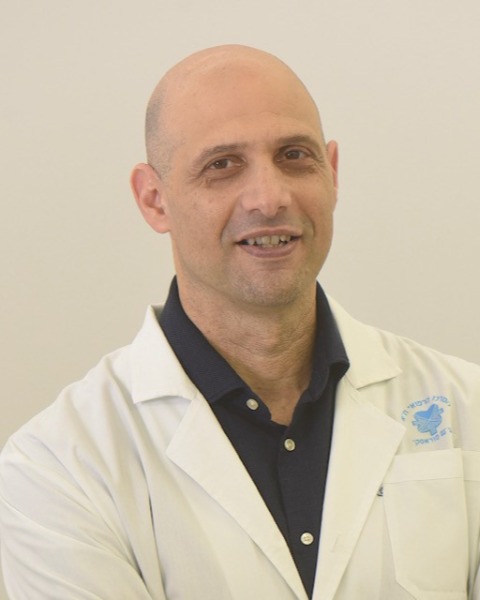HPB
P33: The Role of Human Adipocytes Derived Extracellular Vesicles in Mediating Pancreatic Cancer Growth and Angiogenesis
- DS
Donia Seh, n/a
Msc student
Tel-Aviv Soursky Medical Center
Tel Aviv, Israel .jpg)
Shelly Loewenstein (she/her/hers)
Surgical Oncology research lab manager
Surgery Division, Tel Aviv Sourasky medical center
Tel Aviv, Israel.jpg)
Shelly Loewenstein (she/her/hers)
Surgical Oncology research lab manager
Surgery Division, Tel Aviv Sourasky medical center
Tel Aviv, Israel.jpg)
Shelly Loewenstein (she/her/hers)
Surgical Oncology research lab manager
Surgery Division, Tel Aviv Sourasky medical center
Tel Aviv, Israel- SM
Sapir Milshtain, n/a
MD student
Tel Aviv Sourasky Medical Center, United States 
Guy Lahat, n/a (he/him/his)
Head of Surgery Division
Tel-Aviv Sourasky Medical Center, Israel
Author(s)
Oral Poster Presenter(s)
Submitter(s)
Author(s)
Methods:
Primary mature adipocytes were isolated from the omentum of PC and control non-cancer patients. EVs were isolated from cultured mature adipocytes and characterized for their size and for the expression of specific EVs markers. Proliferation, migration, and invasion assays were used to evaluate the phenotypic behavior of PC cells treated with adipocytes-EVs. Tube and plug formation assays were used to determine the effect on angiogenesis in vitro and in vivo. Finally, ELISA and western blot were used to evaluate the effect of adipocytes-EVs on CXCL1 secretion and activation of the PI3K\AKT and ERK1\2 signaling pathways.
Results:
Initially, we prepared viable mature adipocytes from the omentum of PC and non-cancer patients and isolated their secreted EVs. Characterization of both adipocytes -EVs demonstrated the presence of spherical particles round in shape with dimensions of 85–150 nm. Next, we demonstrated a robust uptake of both adipocytes-EVs by PC cells. We show that adipocytes-EVs from PC patients (PDAC-EVs) enhance PC cells proliferation, migration, invasion and chemo-resistance compared to EVs from non-cancer patients (control-EVs). We also show that PDAC-EVs significantly induce endothelial cells tube formation in vitro and angiogenesis in vivo. Finally, we demonstrate that treatment of PC and endothelial cells with PDAC-EVs increase the secretion of the chemokine CXCL1 by these cells and that the above noted effects of PDAC-EVs are mediated by the activation of the PI3K\AKT and ERK1\2 signaling pathways.
Conclusions:
We demonstrate for the first time that EVs isolated from adipocytes of PC patients promote PC growth and progression as well as angiogenesis. Furthermore, we show that these effects may be mediated by the transfer of CXCL1 and the activation of the PI3K\ AKT and ERK1\2 signaling pathways in PC and endothelial cells.
Learning Objectives:
- describe the role of adipocytes EVs in pancreatic cancer growth.
- understand the role of adipocytes EVs in angiogenesis.
- describe the role of CXCL1 from adipocytes EVs in mediating pancreatic cancer growth and angiogenesis
